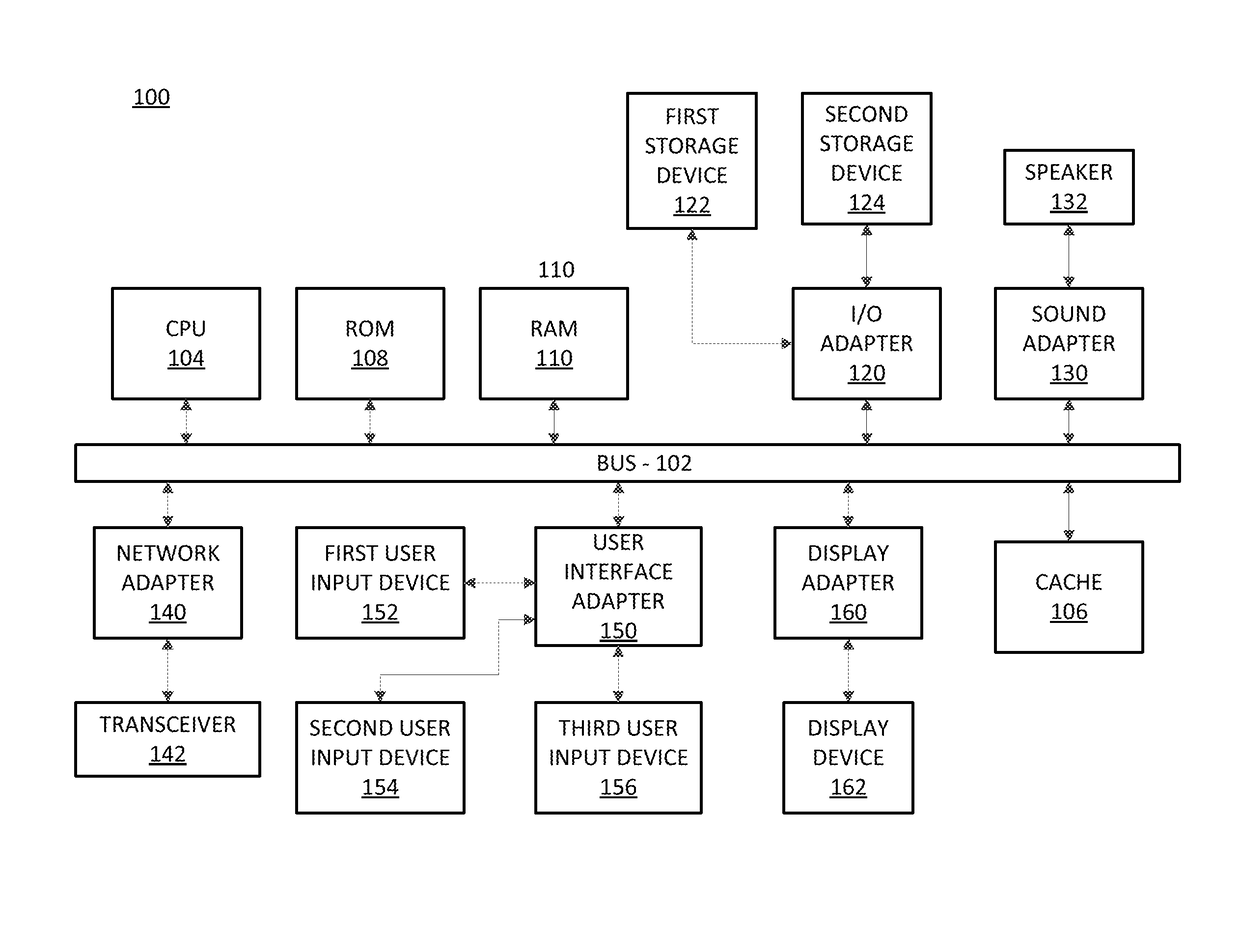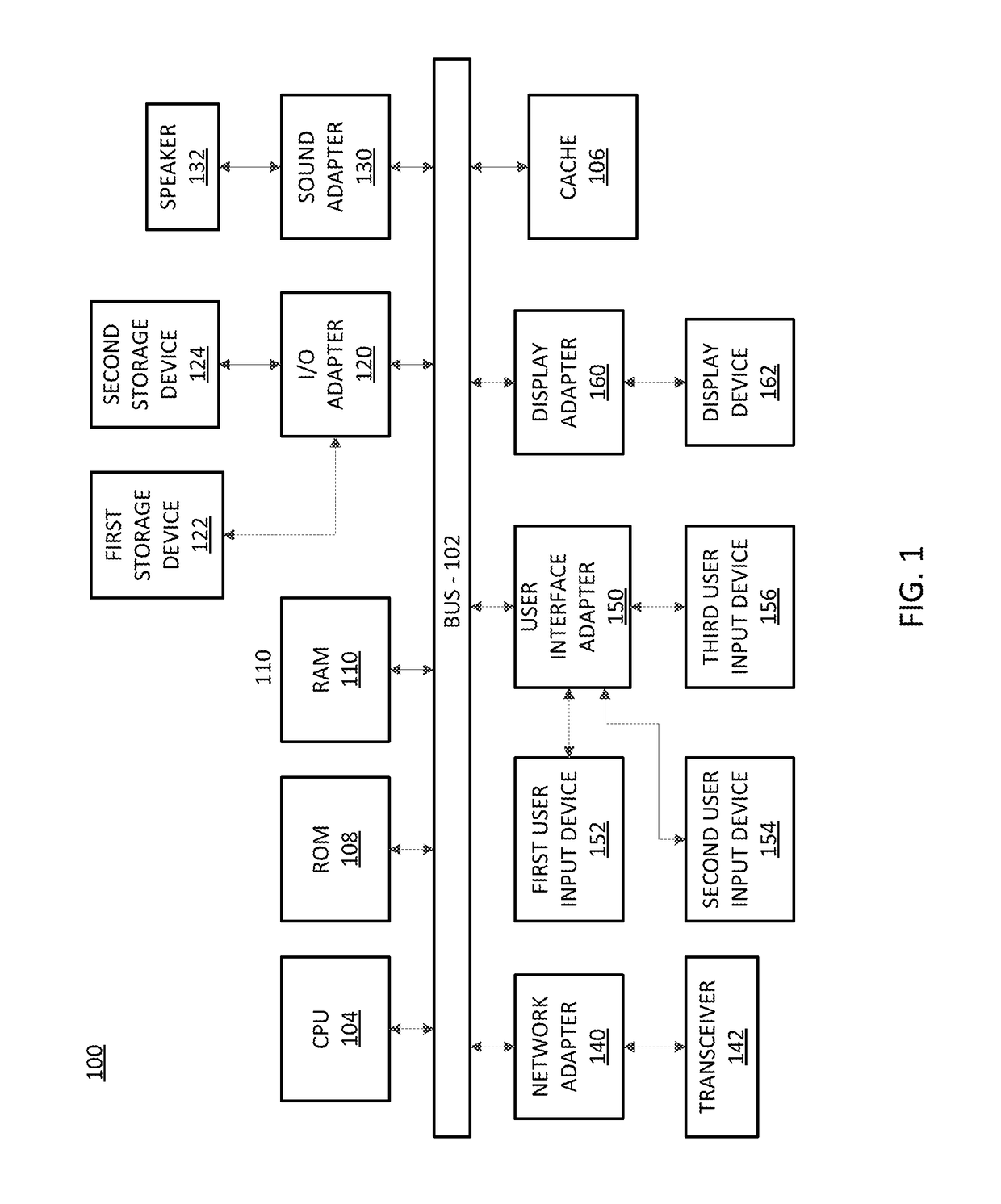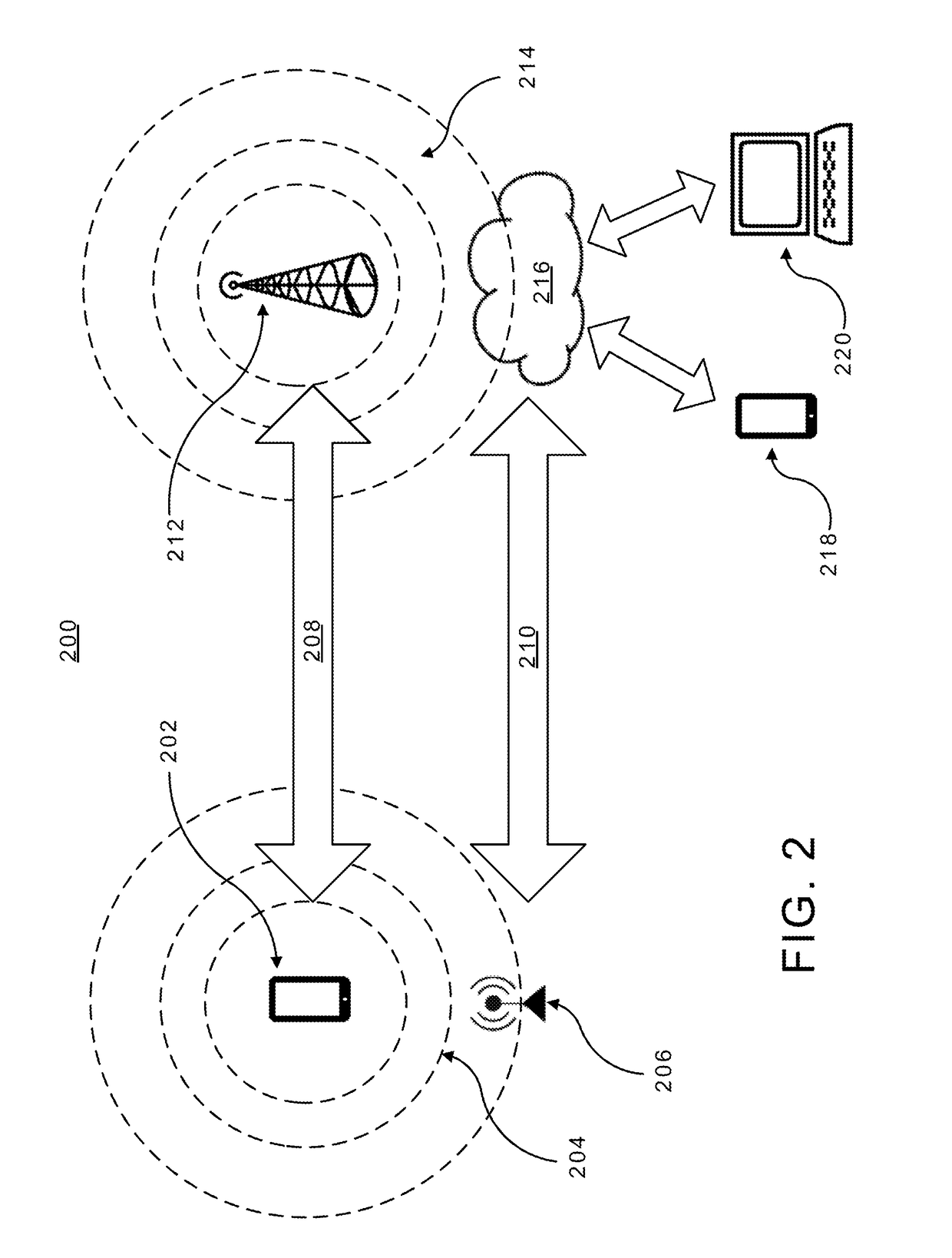Enabling long-term-evolution/wifi coexistence
a long-term evolution and coexistence technology, applied in the field of mobile communications and networking, can solve the problems of ineffective mechanisms, fundamental incompatibility between access paradigms of lte (centralized/synchronous) and wifi (distributed/asynchronous), and the potential starvation of wifi bandwidth, so as to improve the long-term evolution (lte)-wifi coexistence
- Summary
- Abstract
- Description
- Claims
- Application Information
AI Technical Summary
Benefits of technology
Problems solved by technology
Method used
Image
Examples
Embodiment Construction
[0020]In accordance with various embodiments of the present principles, systems and methods are provided for enabling Long Term Evolution and WiFi coexistence.
[0021]In a particularly useful embodiment, a system and method for enabling efficient and fair coexistence for unlicensed LTE and WiFi, using current protocols (e.g., without requiring any modifications to either the LTE or WiFi protocols) is provided in accordance with the present principles.
[0022]In one embodiment, the present principles may be employed as a practical solution for enabling LTE / WiFi coexistence. In some embodiments, such enablement is provided using a coexistence protocol that employs the novel policy of asynchronous access and synchronous transmission (A2TS) for LTE to bridge the paradigm gap in accordance with the present principles. LTE may contend asynchronously for access to the channel in a manner that is efficient and fair to WiFi, while preserving the compliance and benefits of synchronous transmissio...
PUM
 Login to View More
Login to View More Abstract
Description
Claims
Application Information
 Login to View More
Login to View More - R&D
- Intellectual Property
- Life Sciences
- Materials
- Tech Scout
- Unparalleled Data Quality
- Higher Quality Content
- 60% Fewer Hallucinations
Browse by: Latest US Patents, China's latest patents, Technical Efficacy Thesaurus, Application Domain, Technology Topic, Popular Technical Reports.
© 2025 PatSnap. All rights reserved.Legal|Privacy policy|Modern Slavery Act Transparency Statement|Sitemap|About US| Contact US: help@patsnap.com



